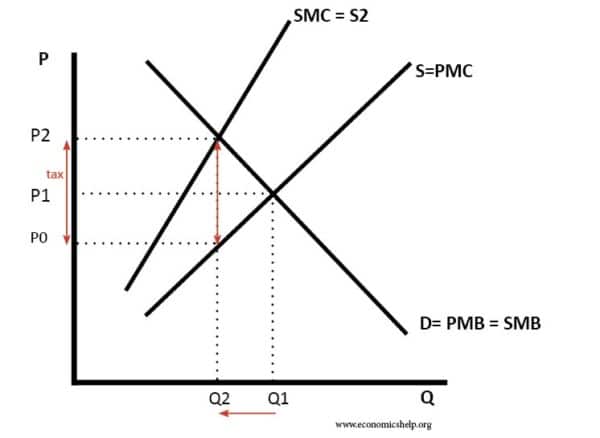

Traditionally, governmental restrictions on exports are rare, especially compared to the more significant trade barriers as customs, levies, tariffs, and quotas on imports. For example, China imposed licensing or permit requirements for exporting test kits, medical supplies, and PPE. The extent of the restrictions varies by country. As of May 14, 2020, ninety-three countries had imposed temporary export restrictions on commodities essential for fighting COVID-19 in response to the pandemic rapidly spreading around the globe. The limitations applied to varied products, especially medical supplies, food, and personal protection equipment (PPE). The outbreak of COVID-19 resulted in many adverse outcomes for societies around the world, including an unprecedented increase in governmental restrictions on exports. This conclusion is especially relevant to multinationals from developed countries.
#Negative externality free#
Simultaneously, managers of MNCs should be aware that post COVID-19, there will likely be more restrictions on the free flow of commodities around the globe due to suboptimal production of essentials at the home country. Policymakers can use the argument presented here to justify interference in free international trade and production locations for essential products, based on a robust economic argument. This finding is relevant for policymakers and multinational managers alike. This happens because production abroad creates costs for the home society that the MNC does not consider in its decision-making process. A multinational company (MNC) seeking to optimize profits by shifting production to lower-cost host countries produces too much abroad and too little locally (i.e., in their home country) from the societal perspective of the home country. This leads to production locations that are suboptimal for society in the country where the company is headquartered.


A simple graphic model, which is based on the results of a more sophisticated analytical model, shows that the decision to produce essential products at foreign locations does not consider negative externality from the home country’s perspective. This article highlights a unique issue emerging from the extensive restrictions on exports imposed by many countries due to COVID-19.


 0 kommentar(er)
0 kommentar(er)
